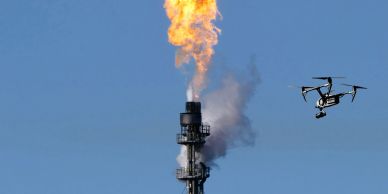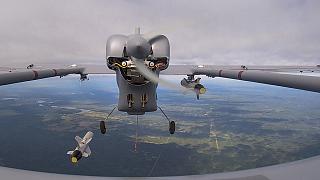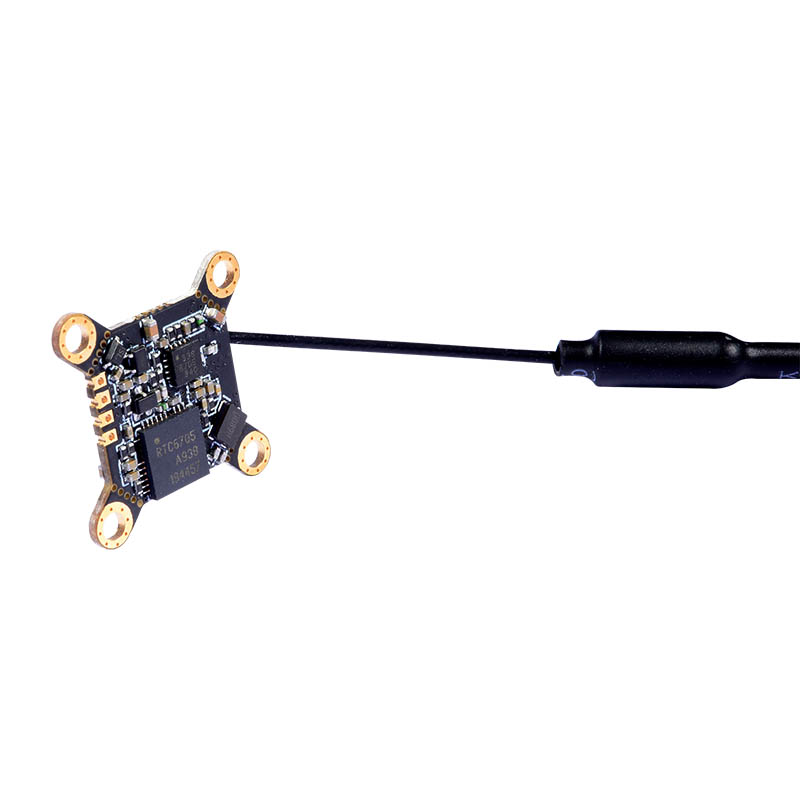
This report examines utility drone markets to help understand submarkets and segments. We have collected primary interviews broken down according to company type and designation in order to gain greater insight into this rapidly expanding industry. Our analysis covers the major players in the market for utility drones, including Cyberhawk (Scotland), Delair (France), HEMAV-Spain, PrecisionHawk (US), and Measure.
Cost of utility drones
Utility drones' cost is directly related to their functionality. Utility drones are highly useful for utility companies but their freedom is restricted by the limitations of FAA regulations. These regulations limit utility drones' freedom to fly over nighttime or long distances. This has hindered utilities from fully utilizing utility helicopters for inspection and recovery after disasters. However, technology advancements are increasing the number of utility drone uses.
Utility drones: Function
Utilities can use drones to inspect transmission towers and other critical infrastructure. Drone imagery can help identify potential problems and train workers to fix them. Utilities inspect power lines, towers. pipes, dams, tunnels, and other infrastructures regularly to ensure they function properly. Some jobs can be done with just aerial photos, while others require large data sets. Utility drones can help improve these processes and make them more efficient.

Utility drones are being used for inspections by utilities.
The energy industry is a major user of GIS and remote sensing data. They have been a leader in the development of robust databases and their incorporation into existing workflows. Utility companies can reduce costs for temporary structures and workers by using drones for inspections. Drones can help reduce liability insurance. Also, drone data can help ensure that asbuilts are up to date.
Major players in utility drone market
To analyze the market for utility drones in Canada, we used both primary sources and secondary data. Secondary sources included industry experts, newsletters and databases. Primary sources were vendors, preferred suppliers, alliances, and organizations involved in value chain. The study also looked at government policies. The key drivers of the utility drone market are technological innovation and increasing demand for renewable energy. Utilities also need better tools to assess the performance of their facilities, and maintain customer service.
Utility drones end-users
SDKI, a research firm, recently published the Global Utility Drones Market. This study provides an industry-wide overview, defining the market according to service, type, end user, and region. The report also discusses market drivers and issues. The study also highlights the potential benefits of utility drones. This market study will benefit companies and individuals who are considering incorporating utility drones into their business strategies.

FAQ
What are the laws around flying drones?
The Federal Aviation Administration (FAA), oversees all aspects of drone operation in the United States. To operate a drone commercially, you must first get a certificate from the FAA. You must then complete a course on piloting skills and pass an examination. The agency will require you to pay a fee.
Can I fly my drone indoors
Yes, you can fly your drone indoors. You just have to ensure no obstacles or hazards inside your home. For example, you should avoid flying near windows, doors, heating vents, air conditioning units, electrical outlets, water pipes, and fireplaces.
Are drones permitted at public events?
You can fly your drone anywhere you like, provided you adhere to the rules. The event organizers will require approval if you plan on flying your drone during a public event like a parade, festival, concert or other similar event.
Which US states make drones legal?
Legally, you can operate a drone to perform hobby tasks. The Federal Aviation Administration has created guidelines to allow small unmanned aircraft system (UAS) use. These UASs have to be registered with FAA before they are allowed to fly. If certain conditions are met, the FAA allows commercial operators to fly these UASs.
What is the main difference between a quadcopter or a helicopter?
A quadcopter is an four-rotor helicopter which flies in the same manner as a conventional helicopter. It has four rotating rotors. The hexacopter looks similar to a quadcopter, but it has six rotors rather than four. Hexacopters are stabler and more maneuverable than quadcopters.
Do I need to be able to fly a drone without special training?
No, you don't need special training to fly your drone. All you need is a remote control unit and some basic knowledge of flight mechanics.
Statistics
- According to ZipRecruiter, the minimum hourly wage of drone pilots is $20. (thedroneu.com)
- According to Indeed, a drone pilot gets paid $25.73 per hour on average in the US. (dronesgator.com)
- Research and Markets predict a growth rate of 51.1% over the next five years. (thedroneu.com)
External Links
How To
What is a Battery pack? And how can I replace it.
The main power source for your drone's motors is the battery pack. They provide enough power to keep your quadcopter flying smoothly and safely.
A new drone will likely not have any noticeable differences in its battery pack. But your battery pack will eventually become less efficient over time. The battery pack may eventually stop working. You'll need to replace your battery pack to ensure that your drone continues to work properly.
When replacing a battery pack, it's best to use an original replacement part. A faulty battery pack could cause serious damage to your drone.
These steps will help you replace your battery pack.
-
Disconnect the battery connector cable. This will ensure that your drone does not receive any current. Simply pull the connector cable off the drone to disconnect it.
-
Unscrew the battery pack. Take the battery pack out of the bottom part of your quadcopter. The battery pack will usually fall apart into two pieces.
-
Locate the contacts of your battery. After you have removed the battery pack from the drone, locate the contacts. These small metal pins connect the battery to the rest of the components inside the drone.
-
Install the battery. Next, install the new battery into the drone. To do so, align the battery connectors on both sides of the battery pack. After that, attach the battery pack to the drone. Once you have done that, tighten the bolts that hold your battery pack in its place.
-
Reattach the battery connector cable. Reconnect the battery connector cable after you have installed the new battery pack.
-
Make sure to test the drone. Check that your drone still works properly before you fly it again. You can be proud if your drone still works.